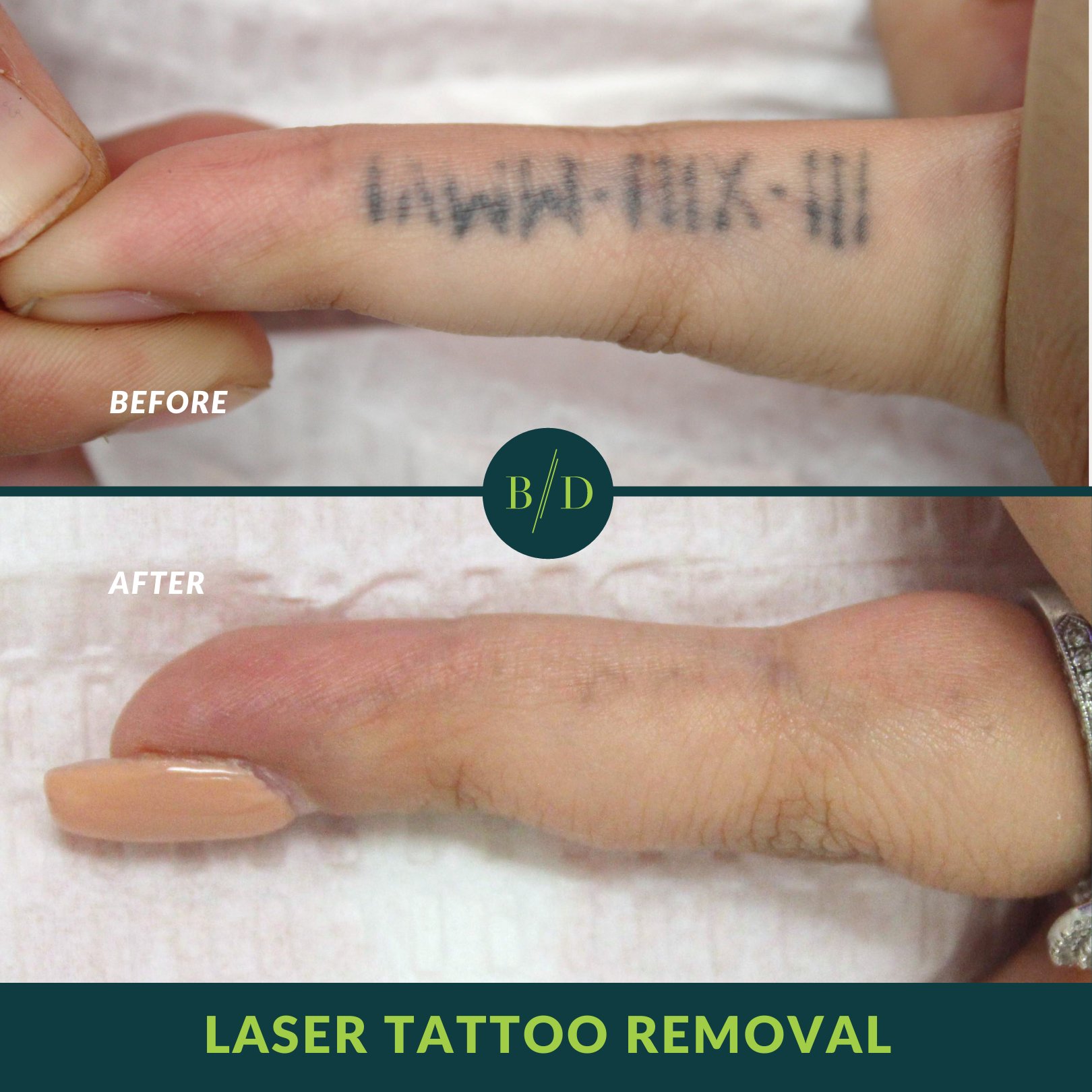
Okay, let’s talk tattoos and lasers.
Ever get a tattoo you instantly regretted?
Or maybe one that just didn’t age well?
I get it.
The burning question everyone asks:
Do laser treatments work better on fresh tattoos?
Let’s dive in.
Fresh Ink, Fresh Regret?
So, you’re sitting there, staring at that brand-new tattoo.
Maybe the artist messed up the design.
Maybe you had a moment of questionable judgment.
Whatever the reason, you’re thinking laser removal.
But is it a good idea to zap it right now?
Here’s the deal.
Why Fresh Tattoos and Lasers Don’t Mix (Usually)
Generally, laser tattoo removal on a fresh tattoo is a no-go.
Think of it this way:
Your skin is already traumatized.
It’s basically an open wound healing up.
Adding a laser on top of that?
Ouch!
It’s just asking for trouble.
More pain, more scarring, and potentially less effective removal.
Here’s a breakdown:
- Inflammation City: Fresh tattoos are already inflamed. Lasers add to that, making the process harder on your body.
- Ink Instability: The ink hasn’t fully settled. The laser might react unpredictably with it.
- Scarring Risk: Increased risk of permanent scarring. No one wants to trade a tattoo for a scar.
- Healing Nightmare: Slows down the overall healing process.
I had a friend, let’s call her Sarah, who rushed into laser removal just weeks after getting a regrettable butterfly on her ankle.
Big mistake.
She ended up with a nasty infection and a faint scar where the butterfly used to be.
Patience is key.
When Can You Actually Start Laser Tattoo Removal?
The general consensus is to wait at least 6-12 weeks after getting your tattoo.
This gives your skin time to heal completely.
The ink settles, and your body recovers.
Think of it like this:
- Full Healing: Make sure the tattoo is completely healed. No scabbing, no redness, no tenderness.
- Ink Settling: Give the ink time to fully settle into your skin.
- Consult a Pro: Talk to a qualified laser technician. They’ll assess your skin and the tattoo.
Factors Affecting Laser Tattoo Removal Success
Even after waiting, several factors influence how well the laser works:
- Ink Colors: Black and dark blue inks are the easiest to remove. Lighter colors like green, yellow, and white are more stubborn.
- Ink Density: Dense, heavily saturated tattoos take longer to remove.
- Tattoo Size: Larger tattoos require more sessions.
- Your Skin Tone: Lighter skin tones generally respond better to laser removal.
- Your Overall Health: A healthy immune system helps with the removal process.
- Laser Technology: Different lasers work better on different ink colors and skin types. Pico lasers are often considered the gold standard.
What to Expect During Laser Tattoo Removal
Okay, you’ve waited, you’re ready.
What’s the process like?
- Consultation: The technician will assess your tattoo and skin.
- Patch Test: They’ll do a small test area to see how your skin reacts.
- Treatment: The laser breaks down the tattoo ink into smaller particles.
- Aftercare: You’ll need to keep the area clean and moisturized.
It’s not a one-and-done deal.
Expect multiple sessions spaced several weeks apart.
It can be uncomfortable, but most people tolerate it well.
Think of it as tiny rubber band snaps.
Do Laser Treatments Work Better on Fresh Tattoos? A Final Word
So, circling back to our original question:
No, laser treatments do not generally work better on fresh tattoos.
Patience is your friend.
Waiting allows your skin to heal, minimizing risks and maximizing the chances of successful tattoo removal.
FAQ: Laser Tattoo Removal
- Does laser tattoo removal hurt? Yes, it can be uncomfortable. Most people describe it as feeling like rubber band snaps.
- How many sessions will I need? The number of sessions varies depending on the tattoo’s size, ink colors, and your skin.
- Is laser tattoo removal permanent? In most cases, yes. However, some faint ghosting of the tattoo may remain.
- Can I lighten a tattoo for a cover-up? Absolutely! Laser tattoo removal can significantly lighten a tattoo, making it easier to cover up.
- What are the risks of laser tattoo removal? Potential risks include scarring, blistering, infection, and changes in skin pigmentation.
Remember to always consult with a qualified professional before starting any laser tattoo removal treatment.
Taking the time to heal before seeking laser treatment is crucial for the most effective removal of your unwanted ink.



